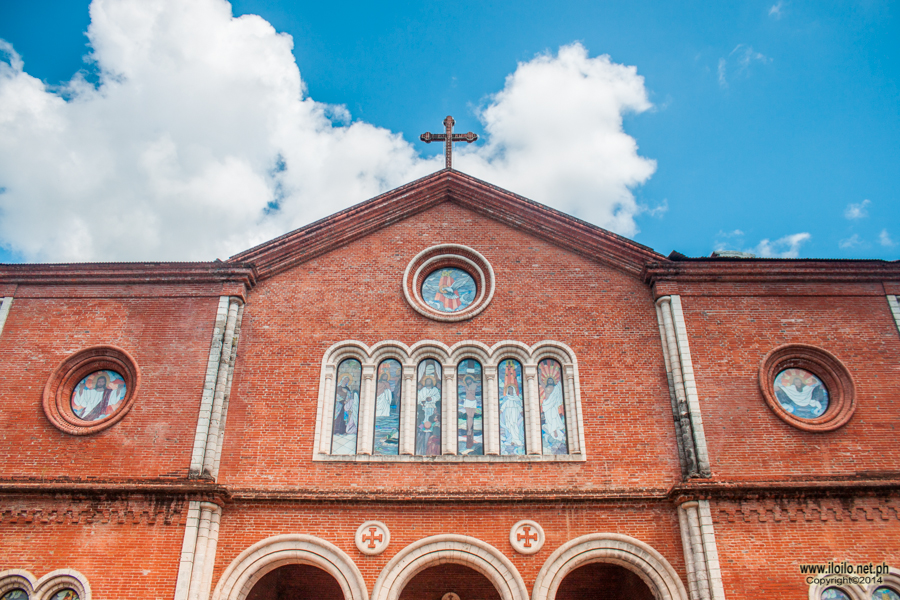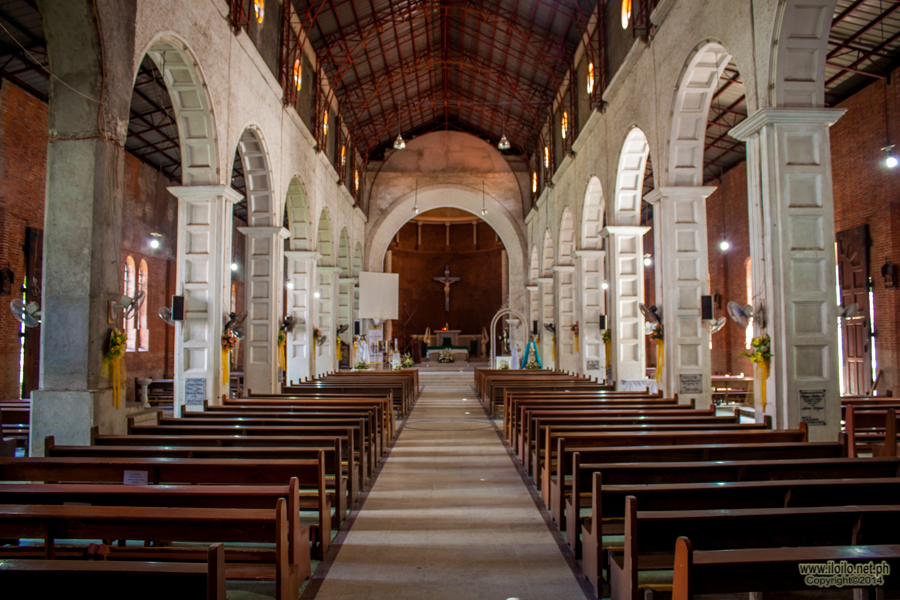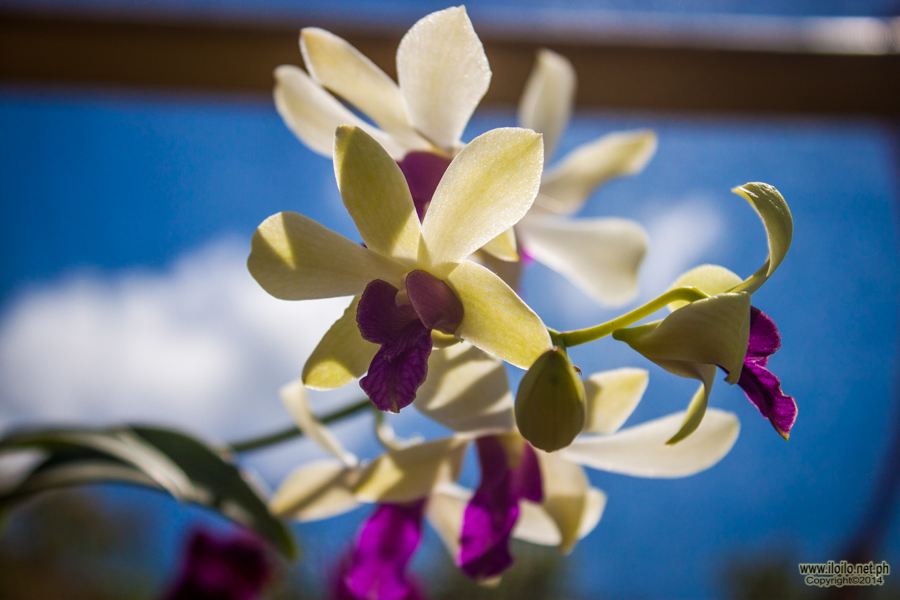3,804 hectares of prime farmland, Pavia is a small town located 15 minutes away for the Iloilo City Proper. Historically, founded in 1862, it became a part of Santa Barbara in 1901 and then a part of Iloilo City in 1904 and finally became a suburb of the district of Jaro. By 1921, Pavia became an independent municipality.
The town is mostly flat in geography with fertile soil which makes it ideal for planting rice crops and fruit trees such as coconuts and mangoes. Other than its agricultural importance, Pavia is also famous for its “baye baye,” a type of Kakanin (rice cake) made from newly harvested rice. It’s a sweet delicacy made from sugar, coconut meat and pinipig.

Carabao Carroza Festival is celebrated every May 3rd, a day before Pavia’s religious feast for Santa Monica.

Built by the Augustinians, the Byzantine-styled church of Pavia is made of of red bricks and coral windows cases.
Culture
Pavia prides itself with two festivals, the Carabao-Caroza Race and the Tigkaralag Festival. Every third of May, Pavia holds a race of Carabaos pulling a bamboo sled on a 400 meter course. Carrozas, or bamboo sleds are decorated with indigenous materials and paraded as part of the festivities. Started in 1973, it is considered to be one of the oldest festivals in Iloilo. Tigkaralag Festival is another festival in Pavia. It is considered to be one of its kind in the region. It is celebrated in consonance with All Souls’ Day. Participants in the festival wear scary costumes and parade themselves in the town plaza with a dance-drama competition following.




